

Digital transformation is more than just buzzwords these days. With the Fourth Industrial Revolution (Industry 4.0) taking over, different industries have been either preparing for it or are already implementing it throughout organizations. One of these industries is manufacturing. Digital transformation in manufacturing is essential in optimizing processes, providing safer workspaces, and gaining higher consistency.
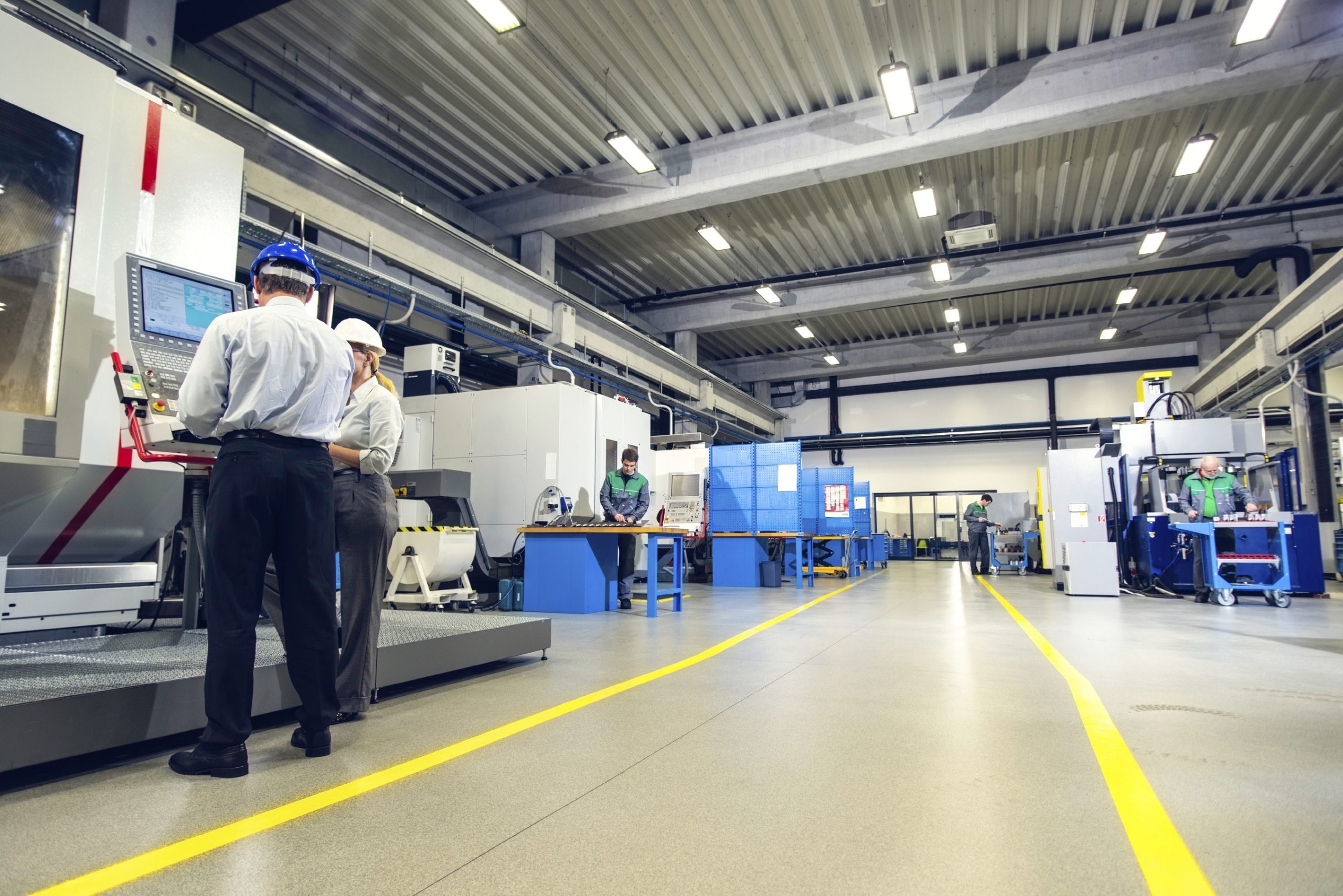
Technology has always been constant in the world of manufacturing where peak efficiency and productivity are essential. As industry demands become more complex and sophisticated, it requires greater levels of interconnectedness and data analysis. IoT devices such as sensors and trackers combined with secure and reliable large-scale connectivity are ideal tools to achieve these.
Large manufacturing firms, particularly, have been using these in their operations and this usage will continue to grow. In fact, according to IDC research, 75% of big manufacturing companies will integrate IoT and business intelligence in their operations and business models this year.
As massive device deployments happen, it is crucial to have dependable devices and network connectivity in place. However, implementing this is easier said than done.
Using legacy systems, wired connections, and ageing machines within their operations is the common practice of manufacturing firms. Because of this, they can face the high costs and complications of conducting modifications to accommodate IoT devices and connectivity on machinery and equipment and updating systems. Specifically, the challenges that these firms usually face are the following:
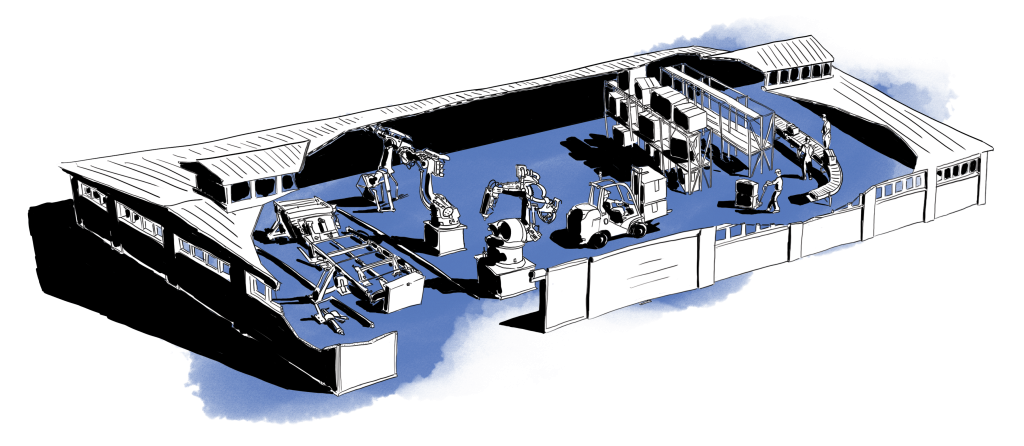
When adapting IoT-based digital transformation in manufacturing, companies undergo different stages in data usage. Successfully going through these stages will enable companies to overcome these challenges.
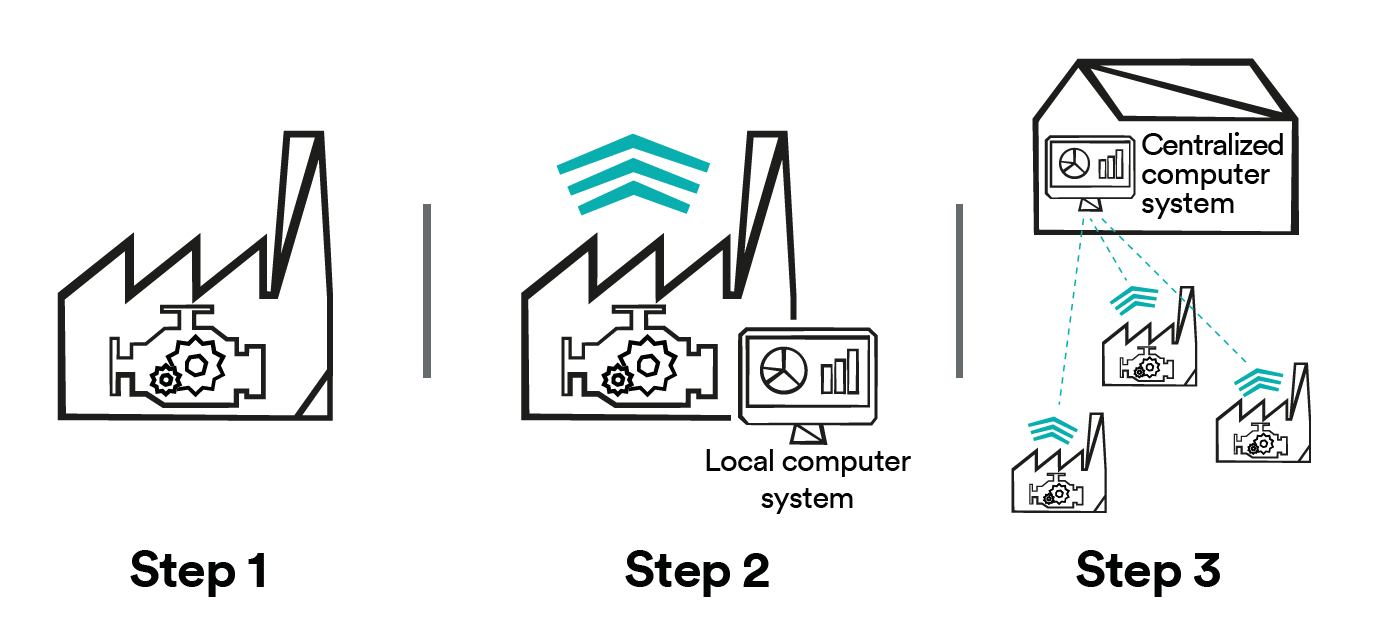
The first stage is simply going about the day-to-day operations without necessarily collecting data. This goes for smaller firms that have the capacity to do manual checks and monitoring of their plant and equipment. As they further scale, they then recognize the need to collect data, integrate these in their local system and MES (Manufacturing Execution System), known as operational technology (OT), and implement basic actions through automation. This is the stage where they utilize connected devices, like sensors, to gather information from machines and equipment and determine points where there are irregularities.
However, OT devices only run on programmable logic controllers (PLCs) and exclusive proprietary protocols. On the other hand, information technology (IT) at this point focuses on processing information, communications technologies, and enterprise applications, not necessarily linking with OT because organizations consider them having completely separate functions. Meanwhile, through time, the company grows to a larger level resulting to more accumulated data that becomes more valuable to central operations.
With IoT, it is now possible to collect data from the plant, equipment, and machinery, and transfer this information into the central system. This is what we call IT/OT convergence – the last stage in IoT data usage. However, with the nature of large-scale manufacturing firms covering vast, remote areas and being made of dense structures, connectivity should be reliable and secure.
This is where LoRaWAN comes in. It has a large ecosystem of industrial-grade sensors or bridges from legacy tech-to-LoRaWAN, such as Modbus, making the upgrade of existing sensor infrastructure easy and cost-effective. Its ability to centralize data – migrating data from individual plants (OT systems) to central systems, like ERP – combined with its long-range, low-cost, secure, and penetrative characteristics makes it the ideal means to facilitate easy and efficient digital transformation.
LoRaWAN-equipped smart sensors and low-energy connectivity increase operational efficiencies of manufacturing industries through enabling automation, asset management, analytics, quality management, and predictive maintenance. Due to this, various industries in manufacturing, such as factories, airports, railways, automotive, oil, gas, and mining, and construction have applied these intelligent sensors and connectivity across their organizations.
Here are some examples of how LoRaWAN has facilitated digital transformation in manufacturing and will be optimizing its industries with easy, low-cost deployment:
The cement sector is one of the most energy-intensive industries globally. In fact, it is responsible for approximately 5% of world carbon emissions. For this reason, cement manufacturing companies these days are either searching for or shifting to solutions that would enable them to lessen energy usage.
For example, Salonit Ahnovo, the largest cement manufacturing factory in Slovenia, possesses a strong environmental regulation compliance strategy which is why they committed to optimizing and reducing energy consumption. With this, the company opted to implement a LoRaWAN-based energy management system due to its wireless, long-range features.
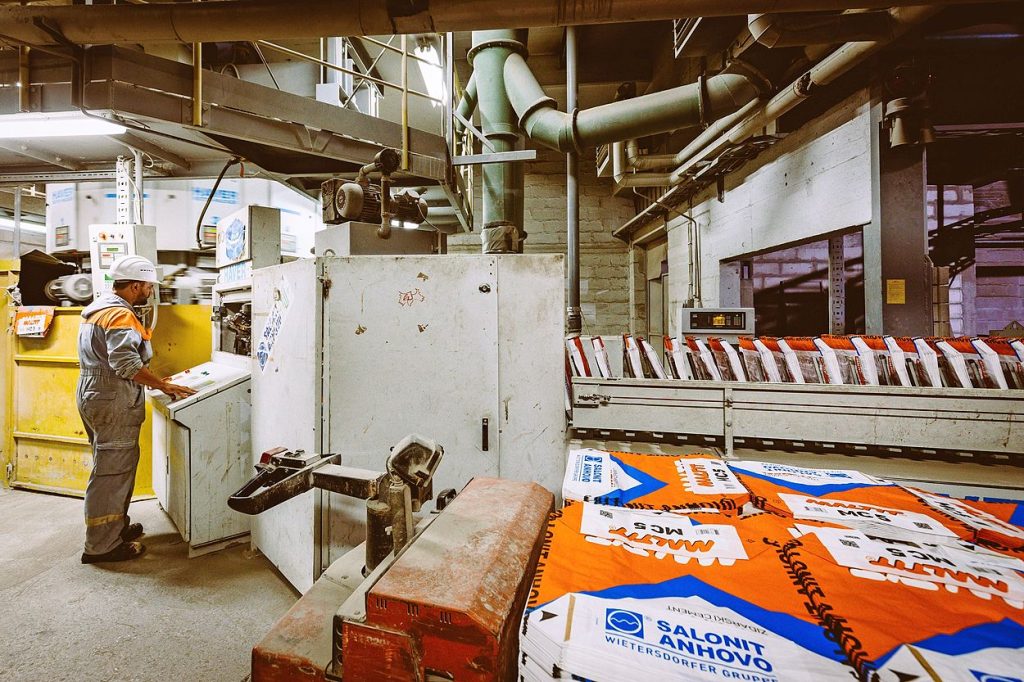
As a result, they were able to automatically collect energy data through Gemalogic EMS and now has a better view and monitoring of its energy efficiency performance, which is a first step in their goal to reduce energy consumption.
2. Reliable data collection and analysis on fuel consumption
Monitoring and managing oil consumption in manufacturing industries can be a big challenge especially when it comes to cost-efficiency. Usually due to inadequate fuel demand management, these companies can face a whopping 70% spike in oil expenses. This ineffectively anticipated and managed demand may lead to negative environmental impacts as well as impractical expenditures.
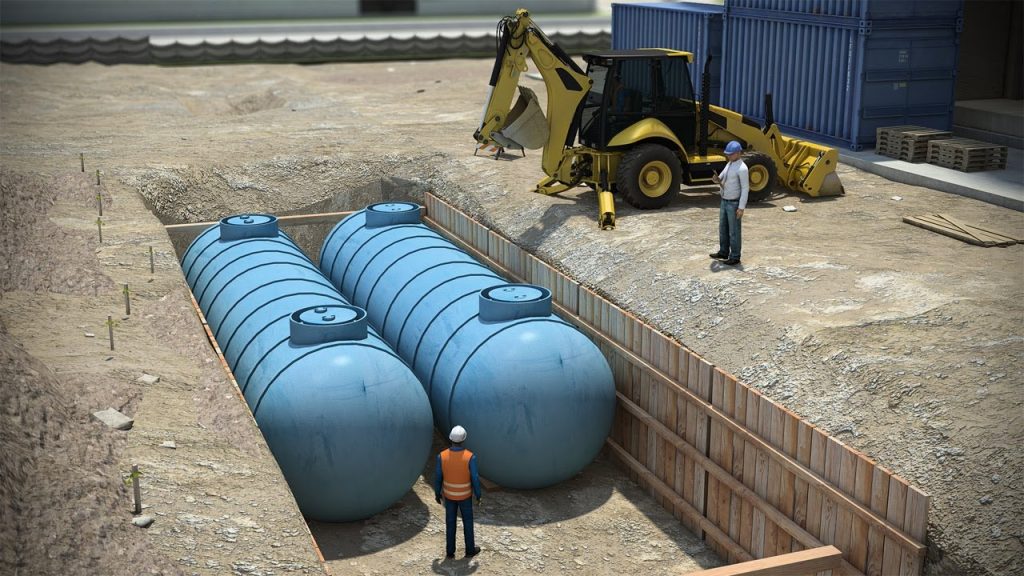
To address this, FULLUP, a Belgian company that produces sensors for fuel tanks, developed a device which allows users to gather essential data from their fuel tanks. Because some tanks are situated underground or in basements, the company used LoRaWAN connectivity to ensure continuity of data collection.
Its range of up to 15km, coupled with 10+ years of battery life, makes it suitable for the non-powered majority of fuel tanks. With this, it becomes more possible for large manufacturing companies to effectively collect data on their oil consumption and in turn, use these to better manage it and cut fuel costs in the long term.
Digital transformation in manufacturing does not mean having to replace equipment and systems with more expensive, sophisticated ones. Finding the right devices, paired with the suited connectivity and platform, is a significant first step in digitizing and optimizing operations at low costs. LoRaWAN connectivity platforms, such as Actility’s ThingPark products, provides fitting solutions to digital transformation needs of this industry.
Optimize your costs and operations with ThingPark.
Contact us today to discover how you can digitally transform your manufacturing company.
Like what you read? Share this article on social media:
We’d love to hear your thoughts. Share your insights in the comments section below.
© 2024 Actility’s All Rights Reserved